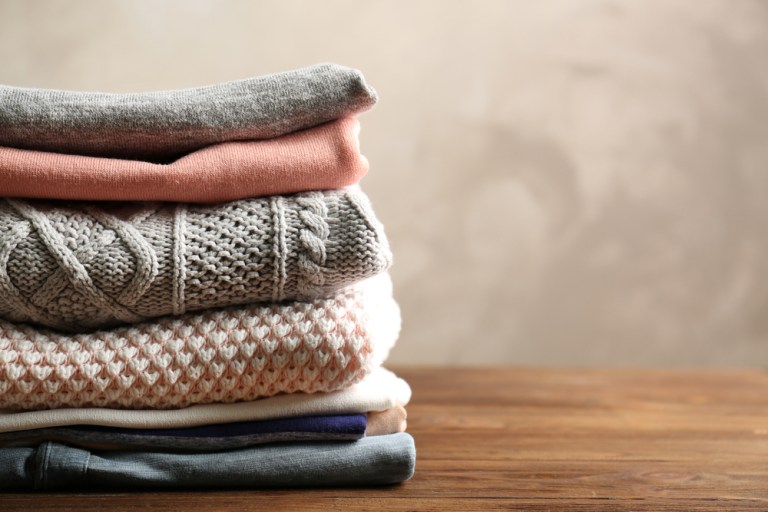
One of the biggest challenges facing the apparel market today may not sound like a challenge at first: the sheer volume of choices available. This leads to lack of loyalty toward specific brands, and retailers and can also overwhelm customers to the point where they give up on making a purchase.
The choice and convenience offered by eCommerce are desirable to consumers, as evidenced by ongoing growth in the sector, but they put a burden on shoppers to find articles they like and assemble them into outfits, sometimes working with pieces from different designers and retailers — and, of course, factoring in what’s already in that customer’s closet.
However, the seemingly infinite selection can also lead to choice paralysis, even when shoppers narrow down results using filters or search functions. Instead of putting every option in front of customers, many online merchants are now realizing they have one chance to put the right option in front of customers — so they must choose wisely.
Personalization is where artificial intelligence (AI) can really come in handy. But according to Julia Kaplan, CPO of Mad Street Den, retailers shouldn’t stop there. AI can also be used to move customers toward a purchase decision once they’ve selected an item by helping them visualize how the item will look. That’s what Mad Street Den’s intelligent retail automation stack Vue.ai does, she said.
Kaplan told PYMNTS how Vue.ai works and how it can help retailers realize cost-savings on the front end while increasing purchase revenue on the other.
Computer Imaging
Kaplan said seeing a product in context — i.e. on a body — increases sales compared to seeing the item laid flat, whether the context is on a model or a mannequin. However, for eCommerce sites to provide such context is costly, requiring investments in models, photographers, studio time and stylists.
To enable retailers to provide context while also saving on image production costs, Kaplan explained that Vue.ai scans a garment with computer vision as it lays flat on a table, then maps its attributes (such as sleeve length, neckline or dress length) onto a computer-generated model.
Merchants can then manipulate the virtual model into different poses, adjust skin tone and add accessories. Kaplan said the technology is not yet able to display items on different shapes and sizes of bodies, but that’s a natural next step the company is working toward.
Cost-Savings
Breaking the business down to basics, Kaplan said products need to be listed on the site, which requires an item set-up process. There are entire teams working on this manually, she said, creating titles, descriptions and metadata to optimize items for search engines.
Kaplan said extracting garment attributes with computer vision tech can help unify and enrich data to improve performance on search engines without all the time and labor costs.
Then, of course, there’s the photography aspect, where Kaplan said cost-savings are realized not only by eliminating models and photographers, but also time: On a good day, only around 60 to 80 articles can be photographed and processed manually.
With computer vision technology, she said, manually entered data can be generated automatically, so employees need only verify the information is correct — essentially filling the role of quality assurance — before items are listed on the website.
By automating so much of this process, Kaplan said companies can either reduce the number of people involved or retain the same number of employees and increase throughput. That can be especially useful for marketplaces and multi-branded sites, she added, which have even larger assortments to display on the digital storefront.
Low-Tech, High-Tech
Others who are using AI in the apparel retail space are often trying to solve the problem of returns, noted Kaplan. They’re using statistical models, body scanning or both to address fit issues so customers are more likely to wind up with an article that looks and feels the way they expected.
Kaplan said Vue.ai doesn’t use any such high-cost, high-tech template because its focus is not on fit, but on minimizing operational costs of models and imaging. Essentially, the goal is to deliver a virtual photo shoot without photographers and without fashion models.
Once the company has managed that, Kaplan said it plans to expand into showing customers what a size 0 looks like on a standard size 0 person, what a size 6 looks like on a standard size 6 person and what a size 14 looks like on a standard size 14 person — all, once again, leveraging computer imaging technology to generate a lifelike image without the lifelike costs.